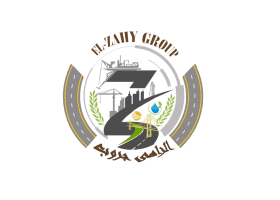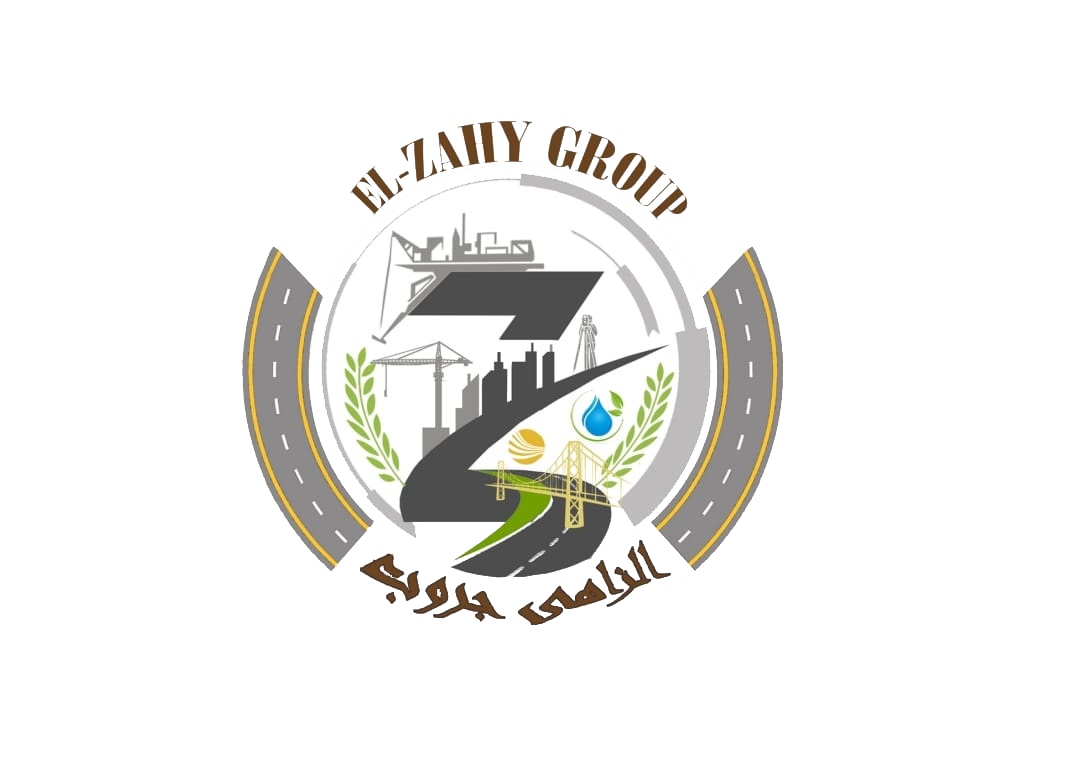A relevant cost is any cost that will be different among various alternatives. Decisions apply to future, relevant costs are the future costs rather than the historical costs. Relevant cost describes avoidable costs that are incurred to implement decisions. The classification of costs between relevant costs and irrelevant costs is important in the context of managerial decision-making.
Types of Relevant Costs
Incorporating irrelevant costs into budgeting can lead to significant distortions in financial planning and resource allocation. When these costs are included, they can inflate budget estimates, making it difficult to accurately forecast future financial needs. For instance, if a company includes sunk costs in its budget projections, it may overestimate the funds required for a project, leading to inefficient capital allocation. This misallocation can result in either a surplus of unused resources or a shortfall that hampers project completion and operational efficiency.
Examples of relevant costs:
The concept of relevant cost is used to eliminate unnecessary data that could complicate the decision-making process. As an example, relevant cost is used to determine whether to sell or keep a business unit. The decision to discontinue operations involves looking at factors that are relevant only to the segment, not those that are outside its control.
- Relevant costs refer to those that will differ between different alternatives.
- For example, if a business is evaluating whether to expand its production, the additional costs of materials, labor, and utilities for the increased production are incremental costs.
- Consider a manufacturing company that invested heavily in a new production line, only to find that the market demand for the product was far lower than anticipated.
- Committed costs are costs that would be incurred in the future but they cannot be avoided because the company has already committed to them through another decision which has been made.
- Annual insurance cost – this is a relevant cost as this is an additional fixed cost caused by the decision to invest.
- Additional costs are compared with the additional revenue from utilizing idle capacity.
What processing decision should the company make in order to maximise profits?
Therefore, the cost to accept the order doesn’t include the lost CM per unit. The goal of relevant costing for decision-making is to select the decision that would result in the highest incremental benefit to the company. Further processing Component B to Product B incurs incremental costs of $8,000 and incremental revenues of $11,000 ($15,000 – $4,000). It is worthwhile to do this, as the extra revenue is greater than the extra costs. Committed costs are costs that would be incurred relevant and irrelevant cost in the future but they cannot be avoided because the company has already committed to them through another decision which has been made.
An irrelevant cost remains the same throughout the decision-making process. The future expenses that might occur due to a decision made in the present are called future cash flows. The current value is used to project future revenues to see if a decision will incur future costs.
It also helps assess if it’s worth pursuing a particular alternative course of action that will lead to an incremental benefit to the company as a whole. If the Wyoming branch is shut down, the company would most likely reallocate fixed costs and the remaining branches would be burdened with an additional $110,000 of fixed costs. The Wyoming branch wouldn’t be shown in the financials with a $110,000 loss.
Businesses use relevant costs in management accounting to conclude whether a new decision is economical. Both relevant costs and irrelevant costs are required to provide estimates of average cost of production or service offering of an organization or business. Both relevant cost and irrelevant cost are taken into account, while determining the total cost of operations or running a factory or business. For example if a new machine is purchased to replace an old machine; the cost of old machine would be sunk cost. For example, in case of idle capacity utilization; additional costs that will be incurred for utilizing idle capacity are relevant costs. Additional costs are compared with the additional revenue from utilizing idle capacity.








